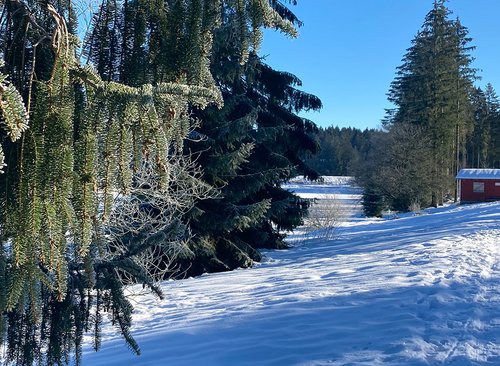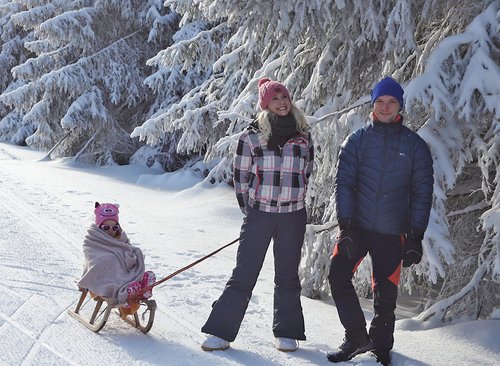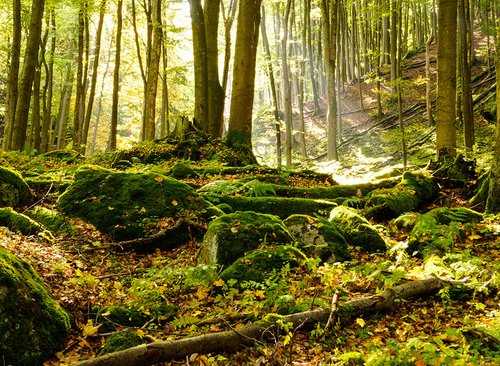The Ottiliae Shaft
The Ottilae shaft in Clausthal-Zellerfeld was the central extraction shaft for silver, lead and iron ore in the Upper Harz from 1878 to 1930. It is named after the Prussian mining captain Ernst Hermann Ottiliae (1821-1904). Today, the site is a UNESCO World Heritage Site in the Harz Mountains. The iron headframe, erected in 1876, is considered to be the oldest in Europe. Between 1900 and 1905, the facilities were expanded and modernised on a large scale, including the rebuilding of the ore processing plant. The shaft was deepened to a final depth of 594 metres. The ore from the mines kilometres away then landed in the harbour in the deep water section.
The barges had steel hoisting boxes, which were then conveyed from the depths to the surface, and the modernisation also led to a switch to Koepe hoisting (inventor Carl Friedrich Koepe (1835-1922), director of the Hanover colliery). As a traction sheave conveyor, it was not as susceptible to wear as the drum rope conveyor. During the conversion, there was a daily haulage line until 1905 from the nearby Kaiser-Wilhelm shaft to the central processing centre for the ore mined there. The wagons were transported on rails using electric locomotives.
With the conveyor railway to the Ottiliae shaft
The Ottiliae shaft in the west of Clausthal Zellerfeld can be seen by visitors from afar thanks to the winding tower. The 20 metre high steel frame was constructed by the royal central forge in Clausthal and erected in 1876. Visitors can explore this impressive site of the history ofmining historyby taking the former mine railway along the tracks. It was also used to transport mining workers to their workplaces. The tour starts at the old railway station in Clausthal. The historic train ride takes you along the two-kilometre-long track road through meadows and forests directly to the Ottiliae shaft. The journey ends at the foot of the pithead at the Ottiliae shaft with an authentic rattle and rumble. Here you can now visit the shaft, an old winding machine and a steam engine. Experience the important mining history on site.
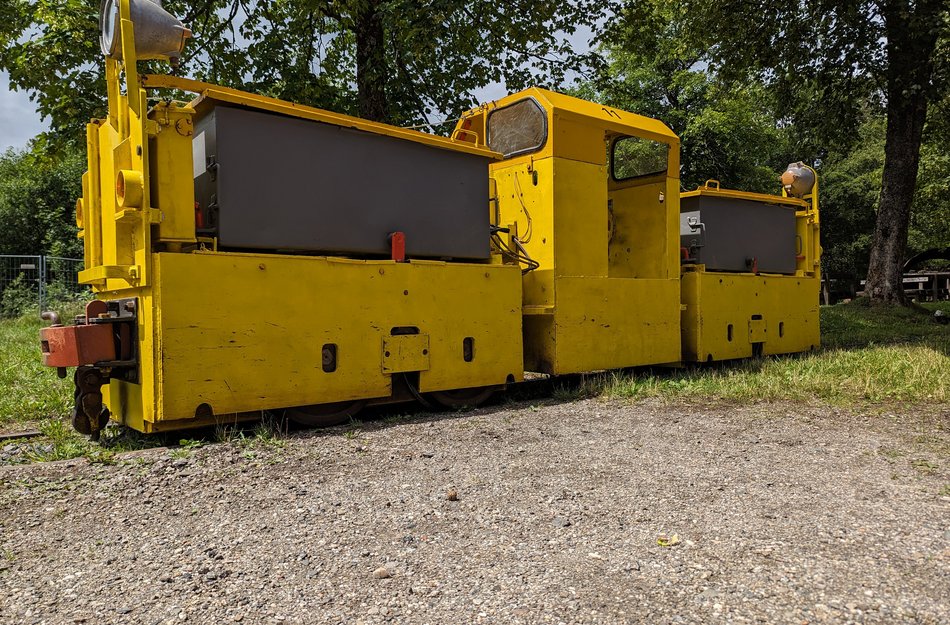
The mine railway
The plans and implementation documents for the railway line were drawn up at the end of the 19th century. The contracts for realisation were signed in August 1899. By the end of December, the first electric locomotives were already running trials. Official approval and from then on the line was cleared for operation on 15 January 1900.
Facts:
- Use: 1900 - 1905
- Line length: 3.3 kilometres
- Terminus: at the Wilhelmer Rolle
- Extension: branch line to the Anna Eleonore mine (to optimise the extraction of Bergmannstroster ore)
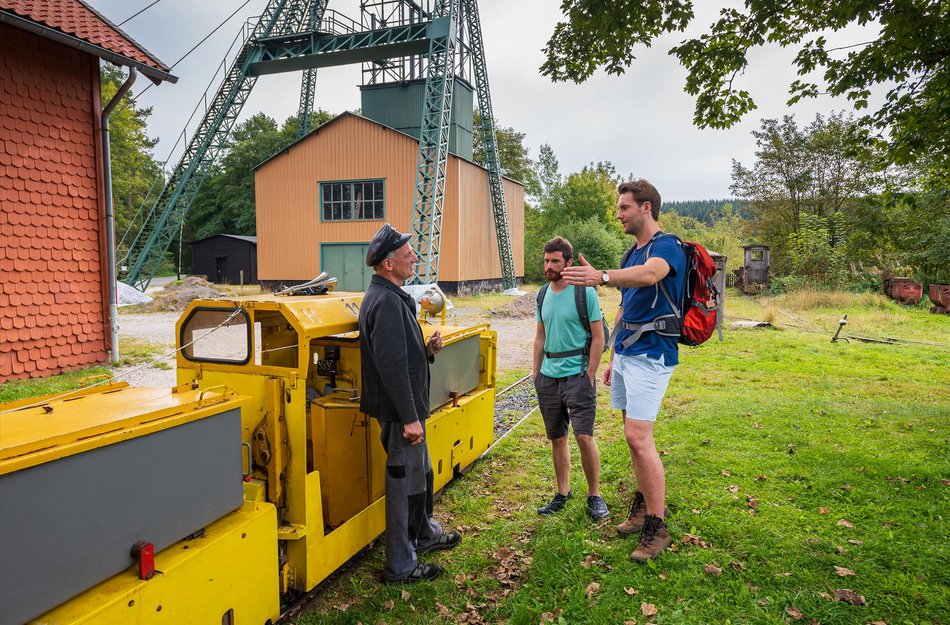
Tour of the Ottiliae shaft
Historic day railway
- Travel times to the Ottiliae shaft: From 1 May to 31 October every Sunday at 11.00 and 14.30 hours
- Start and destination stop: Old Clausthal railway station (next to ZOB)
- Prices: Adults 10.00 euros, children 6.00 euros and families 21.00 euros
- Tickets: available at Alter Bahnhof Clausthal
Here you can discover the site in a digital tour:









